Master Blackjack on Your Own: A Comprehensive Solo Practice Guide
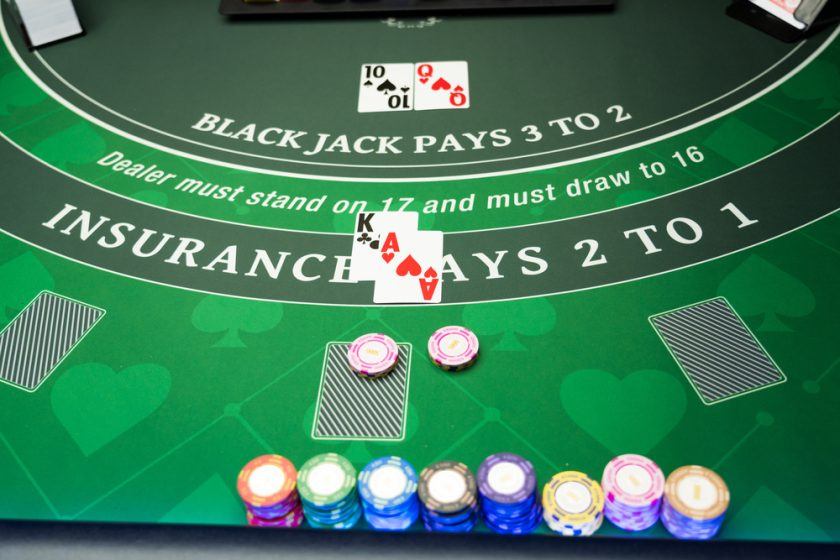
What You’ll Find in This Guide
If you’re seeking to boost your blackjack skills, this guide will walk you through effective solo practice methods. You’ll discover ways to work on your strategy, sharpen advanced techniques like card counting, and understand the pros and cons of training alone versus at a live table. With step-by-step advice, even new players can confidently prepare for real casino action.
- Solo Blackjack Training: Learn how practicing alone makes mastering basic strategy stress-free.
- Potential Drawbacks: Explore challenges like maintaining focus and the lack of social interaction.
- Advanced Skills: Uncover techniques for perfecting card counting and managing multiple betting spots.
- Practical Tips for Real Play: See when and where to practice at a casino for minimal distractions and more table space.
- Skill Development Insights: Find out how consistent, thoughtful practice cuts the house edge and prepares you for success.
Blackjack stands out among casino games thanks to its simple rules, lively pace, and the chance for players to minimize the house edge through solid strategy. Whether you’re aiming to learn the rules or refine expert skills, practicing on your own delivers flexibility and confidence when you face a dealer.

Image Credit: nazarovsergey/Shutterstock
The Power of Solo Practice
Casinos allow players to consult basic strategy charts during games, but true mastery comes from committing optimal moves to memory. By practicing on your own, you turn these decisions-hit, stand, double down, split-into automatic habits. This foundation is crucial if you wish to progress to advanced concepts like card counting, which require fundamental strategy as second nature.
Solo drills let you simulate game flow, get familiar with rules, and overcome performance pressures before you ever risk real money or interact with other players.
Hands-On Blackjack: Setting Up Solo Games
Practicing alone is as simple as sitting down with a deck of cards and playing both the player and dealer roles. Here’s how to get the most out of your solo sessions.
Building Your Blackjack Practice Rules
To faithfully simulate casino conditions, set your table rules before practicing. If you know the house rules of the casino where you plan to play, mirror them. Otherwise, use these standard variations for a realistic experience:
| Rule Type | Common Variations | Impact |
|---|---|---|
| Natural Blackjack Payout | 3:2 (traditional) 6:5 (reduced payout, less favorable) |
3:2 is optimal. 6:5 increases house edge by 1.4%. Avoid if possible. |
| Double-Down | Any 2 cards (flexible) Only 9, 10, 11 (common) Only 10, 11 (strictest) |
More options favor the player. Practice with looser rules for versatility. |
| Dealer Action on Soft 17 | Dealer hits soft 17 Dealer stands on soft 17 |
Standing gives player a 0.2% edge over hitting. |
| Splits & Resplits | No hitting after splitting Aces No resplitting Aces No double after split Limited to 3 splits |
Minor differences, but establish rules for realistic practice. |
| Surrender | Early surrender (rare) Late surrender (common) |
Early surrender slightly benefits the player. |
| Deck Number | Multiple decks (shuffle 4 for home practice) | Deck count’s effect grows for card counters. Use 4 decks for versatility. |
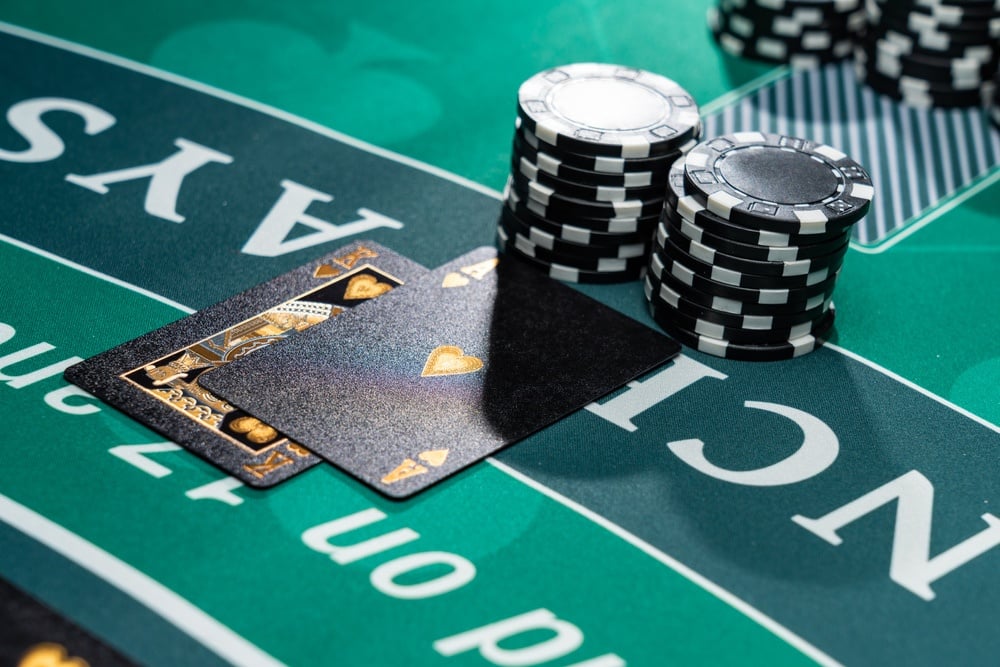
Image Credit: nazarovsergey/Shutterstock
Step-by-Step Solo Dealing: Practical Game Flow
Getting comfortable with the mechanics of blackjack is easy when you play against yourself. Follow these best practices for effective training:
- Use four standard decks of cards, without Jokers.
- Keep a copy of a basic strategy chart visible.
- Have paper on hand to note decisions, wins, and losses.
- At first, focus on perfect decisions rather than tracking imaginary money.
- Skip rituals-don’t cut or burn cards, since there’s no casino staff.
- Deal the player’s hand in front of you, deal the “dealer’s” hand opposite.
- The player’s first card is face up, the dealer’s first card is face down; deal second cards face up for both.
- If the dealer’s card is an Ace or 10-value, practice peeking for blackjack; if it’s an Ace, simulate the chance for insurance or surrender.
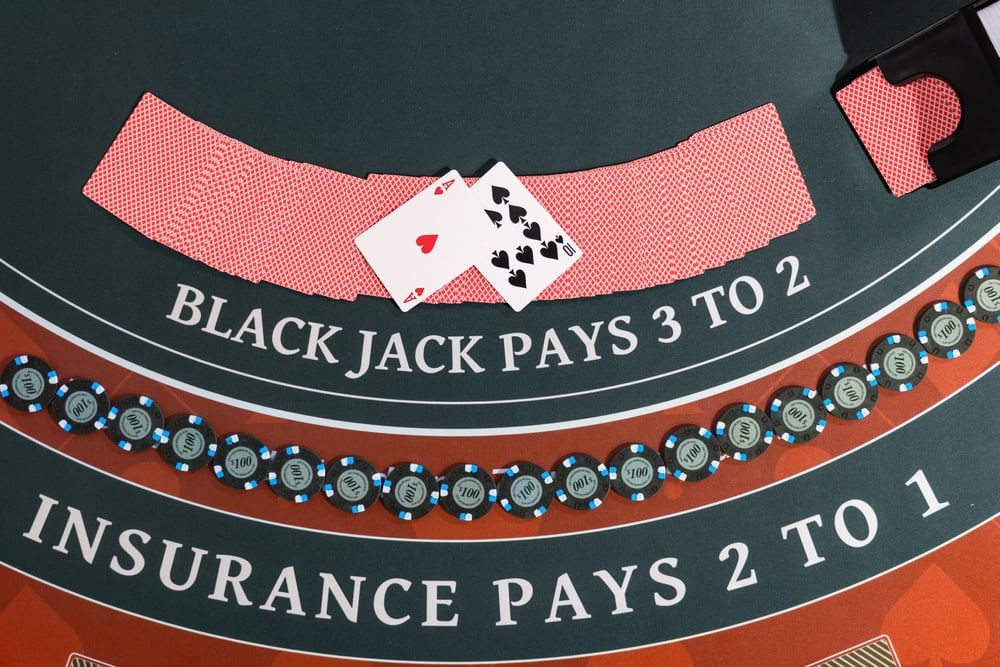
Image Credit: nazarovsergey/Shutterstock
It may feel unnatural to know both hands, but that’s not a concern here. Since the objective is to practice optimal moves-not to “win”-you can even play with all cards visible. The key is always making the correct basic strategy choice, not responding to hidden information.
Adding Bets: Solo Bankroll Management Exercises
Once you’re confident with basic decisions, introduce practice betting. Use chips, coins, or paper to represent a realistic bankroll-say, enough for 20 minimum bets. Simulate placing wagers, handling chips, and tracking wins and losses as if you were in a real session.
Benefits of including betting in your practice:
- Understand the feel of chip handling and bet placements for splits and doubles.
- Set realistic expectations for session outcomes, and observe streaks.
- Train yourself in best bankroll management habits, preparing for tough losing streaks or windfalls.
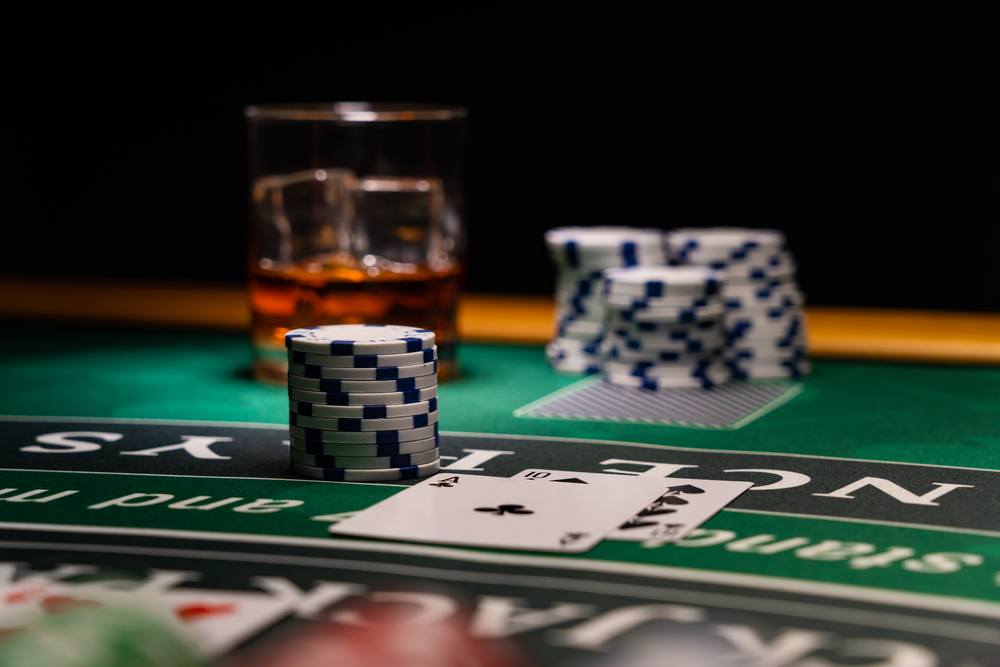
Image Credit: Netfalls Remy Musser/Shutterstock
The best blackjack players are not just strategic during hands-they’re disciplined with their funds.
Laser-Focused Drills: Mastering Core Skills
For efficient improvement, try quick drills that target specific areas:
Quickfire Hit/Stand Decisions
- Prioritize learning when to hit or stand for hard and soft totals.
- Hold off on splitting, doubling, or surrendering until comfortable.
- Repeat until these calls are automatic without referencing charts.
Advanced Scenarios Drill
- Move to double-down and split pair decisions.
- Practice by declaring imagine hands and flipping dealer up-cards for rapid reps.
- Simulate series of doubles (e.g., all hands with 10, then all with 11), or work through the soft hands one by one.
By isolating skill sets, you’ll build speed and confidence in each decision category.
Card Counting Basics: A Glimpse & Practice Routine
Card counting shifts the house advantage in the player’s favor by exploiting known card distribution patterns. While not illegal, casinos may ban players suspected of counting. Here’s an introduction to this advanced technique and its solo-practice routine.
Understanding Card Counting Theory
Blackjack favors the player when more 10-value cards and Aces remain in the shoe. If you know the deck’s composition, you can adjust bet size accordingly. Counting simply tracks the ratio of high to low cards left, so you wager more when the conditions are optimal.
Imagine betting on a jar of black and red marbles: the more black marbles left, the higher your chances to win if you increase your bets accordingly. The same logic applies to blackjack decks and high cards.

Card Counting in Practice: The Hi-Lo System
A widely used, beginner-friendly system is Hi-Lo. Here’s the breakdown:
- Cards 2-6: +1 point each
- Cards 7-9: 0 points (ignored)
- 10s, Jacks, Queens, Kings, Aces: -1 point each
Start at zero after every shuffle. As each card is dealt, keep a “running count.” Positive counts indicate conditions in your favor; negative counts point to a house advantage. Effective card counters only ramp up their bet size when the count is high-never betting big on unfavorable shoes.
More advanced topics (for later study):
- Adjusting bet size by “true count” (proportion of count to remaining decks)
- Keeping separate counts for Aces or other ranks
- Changing basic strategy based on the count
- Hiding your skill from vigilant casino staff
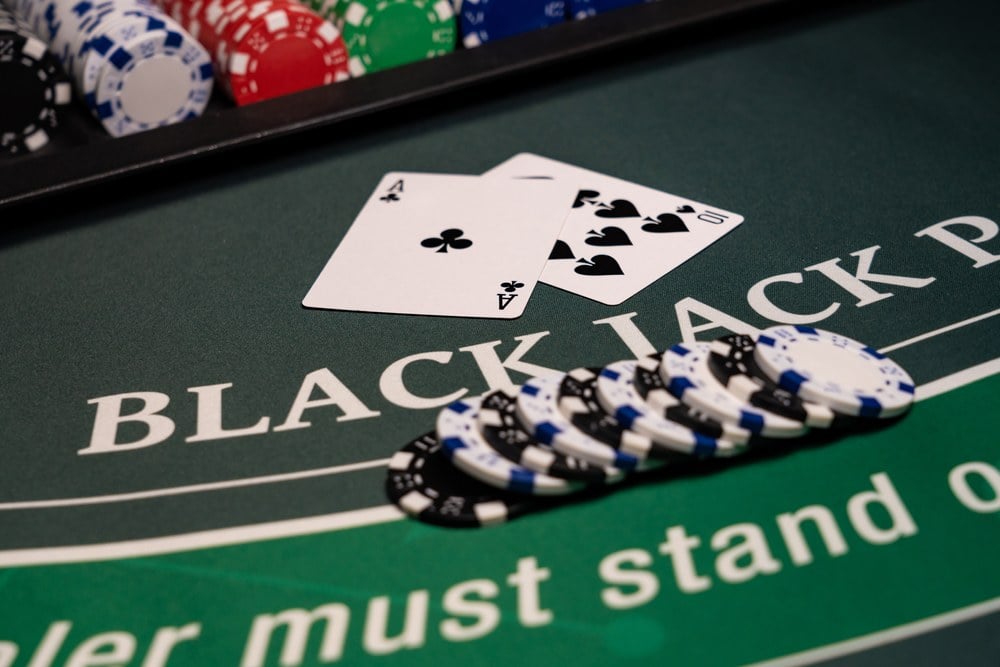
Image Credit: Netfalls Remy Musser/Shutterstock
Effective Counting Drills for Solo Practice
Counting well requires repetition and increasing speed. Try these exercises:
- Flip one card at a time from shuffled decks, practicing counting aloud or in your head.
- Speed up gradually, moving from one card per second to rapid sequences.
- Increase difficulty by flipping two or three at once or sorting them into multiple piles.
- Periodically pause mid-deck to write down the running count, then check for accuracy by recounting.
- Simulate real-game conditions by dealing several “player” hands, keeping the count while simultaneously making optimal basic strategy decisions.
Transitioning to Live Play: Solo at Casinos and Online
After plenty of solitary practice, you may be ready to bring your skills to a live casino or online table.
Advantages of Playing Alone at the Table:
- Enhanced focus for making perfect decisions without distractions
- Ability to build rapport with the dealer and ask questions about rules
- Control over pace-no waiting on others or pressure from impatient players
- No worry about the impact of other players’ mistakes
Possible Downsides:
- Less social atmosphere-a solitary table can feel less exciting
- Faster pace-you’re making every decision without pauses
- Increased scrutiny-if counting cards, solo players attract more attention from staff
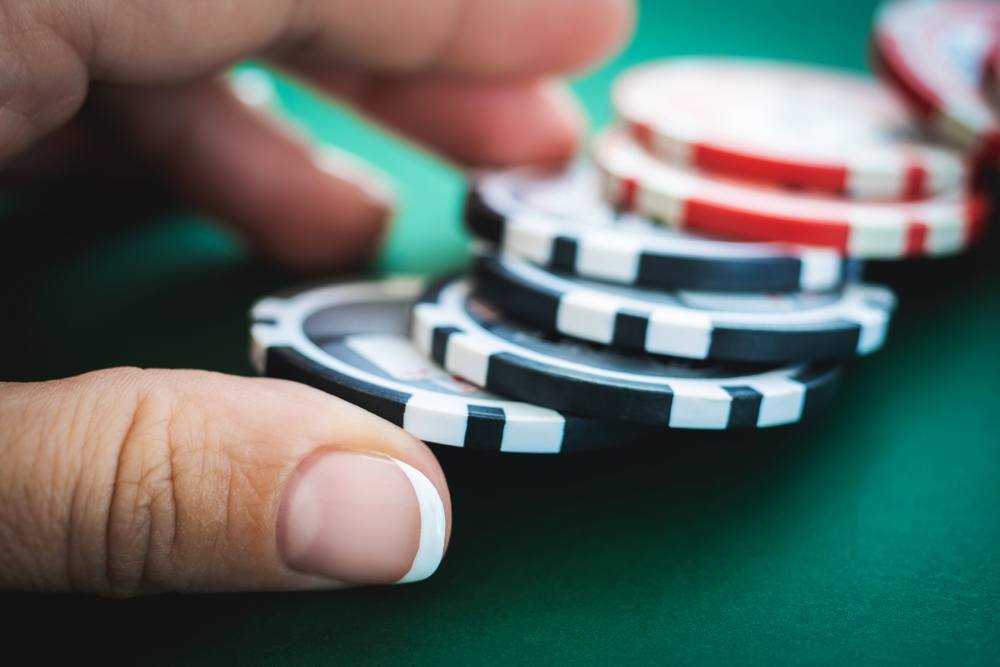
Image Credit: nazarovsergey/Shutterstock
Practicing Multiple Hands and Timing Your Casino Visits
Some casinos let a single player wager on multiple spots if the table isn’t full. Ask about this option-it’s a great way to maximize reps and challenge your multitasking. For minimal distractions and the best chance to play alone, visit during off hours, such as mornings or early afternoons, when tables are less crowded.
Developing Consistency: Make Practice Work for You
Advancing in blackjack is all about repetition and thoughtful analysis. Use your solo practice to:
- Instill basic strategy so it’s automatic
- Build comfort making quick, confident decisions
- Fine-tune advanced skills, such as card counting and bankroll management
- Prepare for the rhythms and pressures of real casino environments
Through patient, structured solo sessions, you can reduce the house edge and walk into any casino with the confidence of a seasoned player.
Title Image Credit: nazarovsergey/Shutterstock













